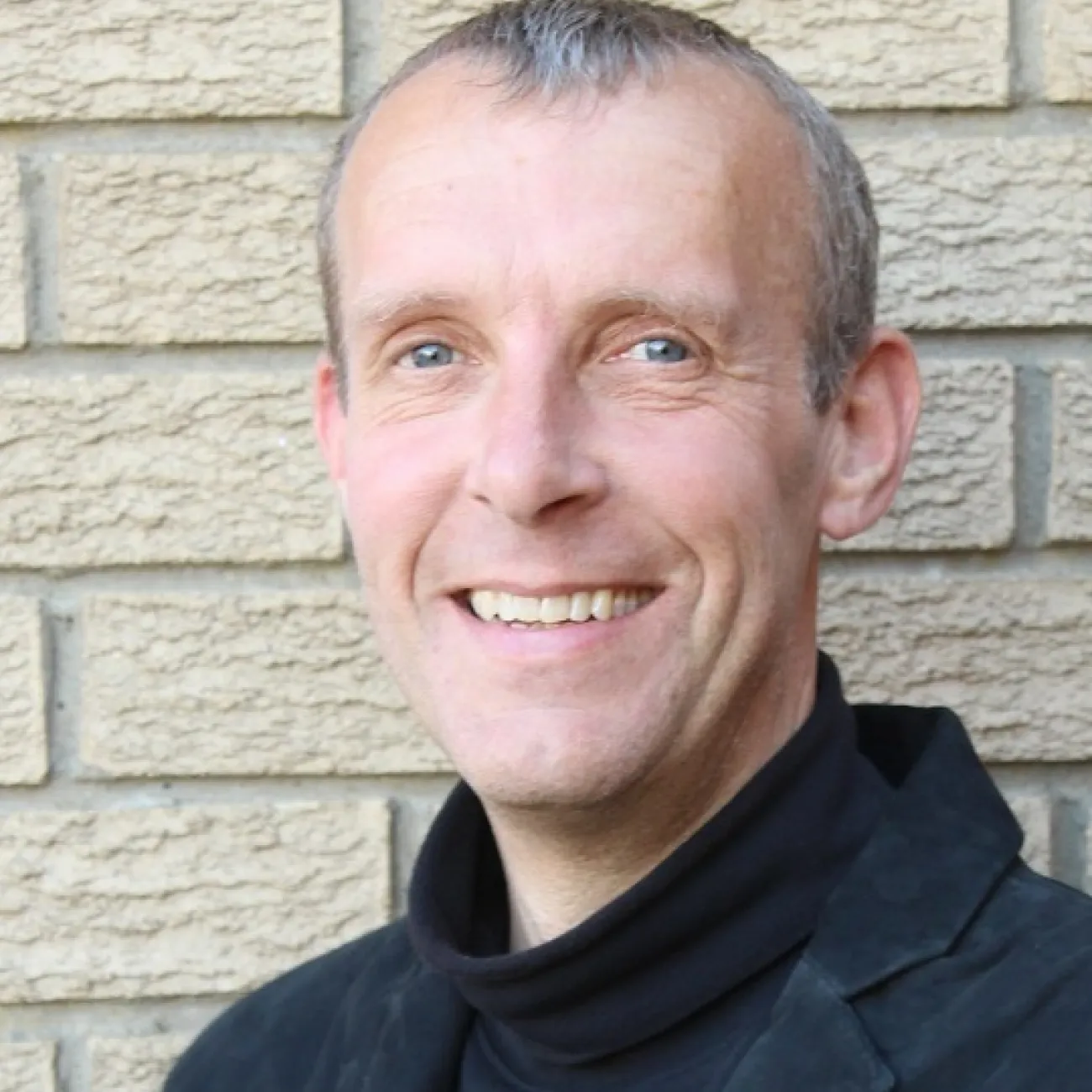Alan began his working life by undertaking a Dual Cadetship in the British Merchant Navy qualifying in 1995 as both a Deck and Engineer Officer with Shell Shipping. He subsequently undertook his BEng at Newcastle University achieving a First-Class degree in Marine Technology with honours in Naval Architecture, while continuing to work at sea in vacation periods.
He read for his PhD in the Fluid-Structure Interaction Research Group at the University of Southampton, gaining the Stanley Grey Fellowship (IMarEST) and the Froude Scholarship (RINA). His research, ‘The Design, Production and Testing of a Laminar Flow Based Drag Plate’, included programming and using computational fluid-dynamics codes, practical engineering and captive model testing in a towing tank. This work was funded by the UK MoD, through QinetiQ.
Owing to his previous professional sea-going background, he developed and taught a number of modules throughout the duration of his PhD studies. He was awarded his PhD in May 2005 and was appointed as a Research Fellow in Ship Science at the University of Southampton from 2004, funded by Lloyds Register University Technology Centre. He also worked with the National Oceanography Centre, Southampton (NOCS) during that time, on UK MoD-supported research studying air-independent power sources suitable for Autonomous Underwater Vehicles (AUVs).
Alan joined the school of Marine Science and Technology at Newcastle University in 2007 with a portfolio of research and teaching in the field of Maritime Engineering, drawing on his expertise from both his Merchant Navy Marine Engineering experiences and those relating to naval architecture and experimental hydrodynamics, from his academic studies.
At Newcastle University he held a variety of leadership positions including Director of Excellence in Learning & Teaching; he was part of the team that established the Newcastle University Campus in Singapore, and subsequently was flying-faculty Director of Operations for Maritime for a year; he also spent four years as Associate Dean, Science and Engineering, running major projects for organisational change and infrastructure development.
Alan founded and led the Sustainable Marine Engineering Research Group and subsequently led the Marine, Offshore and Subsea Technology Group comprising, ~20 academics and researchers, ~200 undergraduate, postgraduate and research students and major experimental facilities including a cavitation tunnel, towing tank and wind-wave-current flume.
Alan has been active with the Royal Institution of Naval Architects throughout his academic career and is a Fellow of the Institution. He has served on the membership committee in the past and now sits on the Environment Committee and is Editor-in-Chief of the International Journal of Maritime Engineering.
Alan is the UK standing committee member for the International Symposium on the Practical Design of Ships and other Floating Structures (PRADS). He is also a Liveryman of the Worshipful Company of Shipwrights.
In 2023 Alan re-joined the University of Southampton as the Professor in Maritime Engineering in the Maritime Engineering Group within the School of Engineering.
Appointments (some run concurrently)
2023 – Present Professor in Maritime Engineering, University of Southampton
2017 – 2023 Reader in Maritime Engineering, Newcastle University
2019 – 2022 Head of the Marine, Offshore and Subsea Technology Group, Newcastle University
2017 – 2019 Deputy Director, Business and Engagement, School of Engineering, Newcastle University
2014 – 2017 Associate Dean, Science and Engineering, Newcastle University
2014 – 2015 Director of Operations, Newcastle University in Singapore (NUIS)
2012 –2017 Senior Lecturer, Marine Engineering, Newcastle University
2007 – 2012 Lecturer, Marine Engineering, Newcastle University
2003 – 2007 Research Fellow, sponsored by LR, School of Engineering Sciences, University of Southampton (including lecturing duties)
2000 – 2003 PhD Experimental Hydrodynamics and Lecturer for Marine Engineering, Resistance & Propulsion and Marine Design, University of Southampton
1997 – 2000 BEng Naval Architecture, Newcastle University
1991 – 1998 Dual Merchant Navy Officer (Engineering and Deck qualifications)
